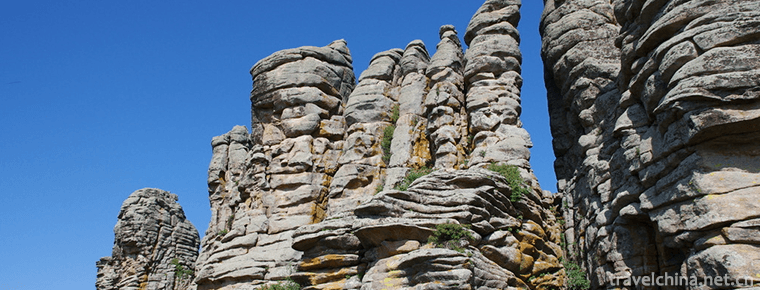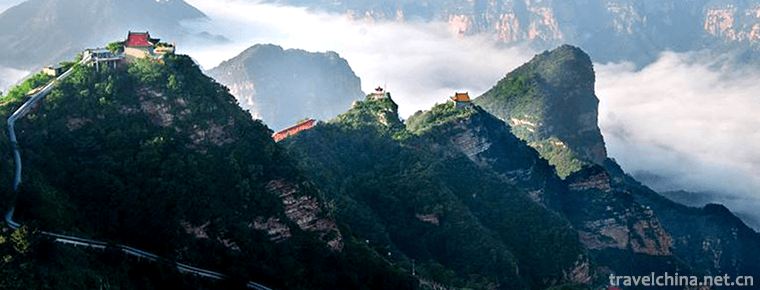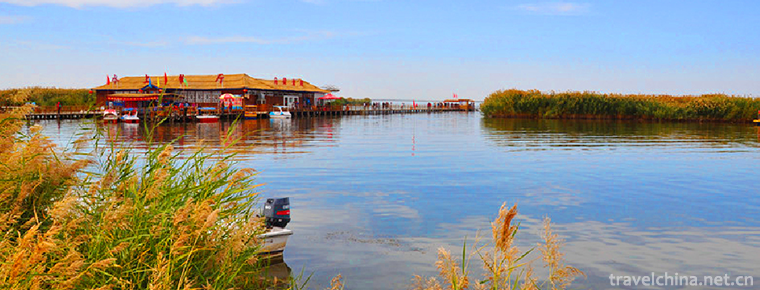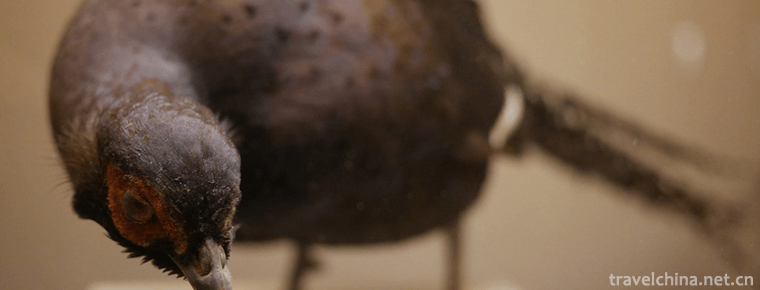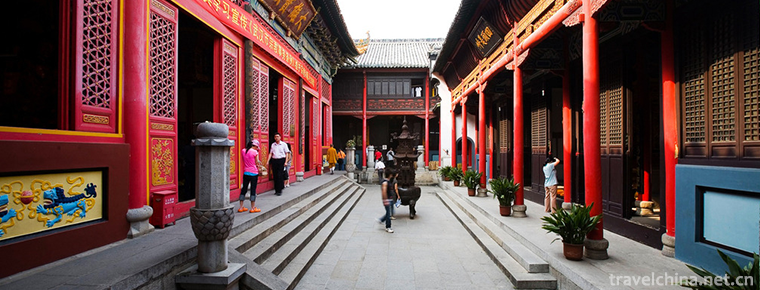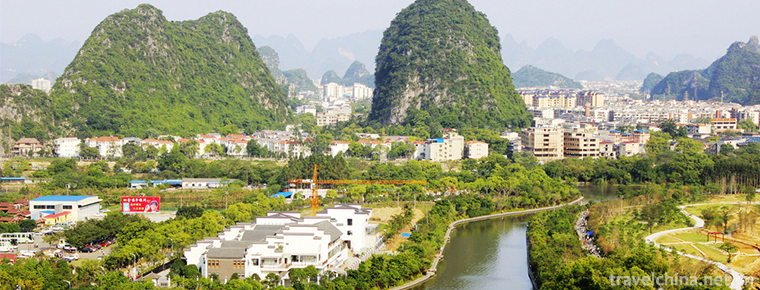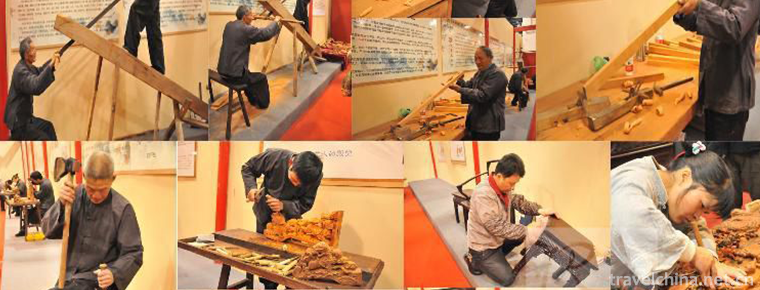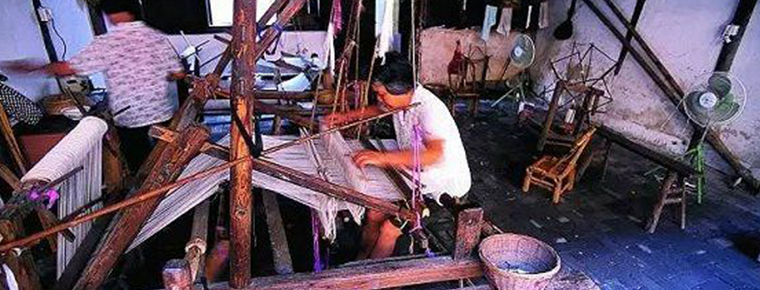Meishan primary industry
Meishan primary industry
In 2019, the total sown area of crops is 318000 hectares, an increase of 1.1%. Among them, the planting area of grain crops was 196000 hectares, an increase of 0.6%; the planting area of oil crops was 58000 hectares, an increase of 1.8%; the planting area of medicinal materials was 1941 hectares, an increase of 1.8%; the planting area of vegetables was 48000 hectares, an increase of 2.5%.
In 2019, the grain output will be 1.25 million tons, an increase of 0.9%. Among them, the grain output in spring was 65000 tons, an increase of 1.1%; that in spring was 1.185 million tons, an increase of 0.9%. Among the cash crops, rapeseed output was 127000 tons, an increase of 2.9%; tea production was 22000 tons, an increase of 6.2%; fruit output was 1.14 million tons, an increase of 4.1%; vegetable output was 1.39 million tons, an increase of 3.7%.
In 2019, the total output of meat was 197000 tons, a decrease of 20.4%. Among them, the output of pork was 120000 tons, down 34.5%; the output of beef was 2604 tons, an increase of 6.0%; the output of mutton was 6998 tons, an increase of 3.7%. The annual output of milk was 128000 tons, an increase of 10.4%; the output of eggs was 60000 tons, an increase of 11.8%. At the end of the year, the number of live pigs decreased by 41.2%, and that of dairy cows decreased by 1.9%. In the whole year, the output of live pigs decreased by 34.1%, that of sheep increased by 2.9%, and that of poultry increased by 26.4%.
In 2019, the aquaculture area of aquatic products is 14312 hectares, a decrease of 4.6%; the output of aquatic products is 133000 tons, an increase of 3.2%.
By the end of 2019, 2.04 million mu of high standard farmland has been built. By the end of the year, the total power of agricultural machinery was 2.204 million kilowatts, and the annual mechanized area was 202000 hectares. The comprehensive mechanization level of main crops was 68.1%. In the whole year, 539.2 kilometers of machine farming access roads were built, 3282 sets of lifting irrigation machinery were repaired and renovated, 40562kw, 22 irrigation stations were added, and 932 sets of lifting irrigation machinery were added, 10413 kW. The annual fuel consumption of agricultural production was 107000 tons.

Meishan primary industry
-
Ashatu Stonehenge Tourist Area Chifeng City Inner Mongolia Autonomous Region
Ashatu Stonehenge Tourist Area, Chifeng City, Inner Mongolia Autonomous Region Keshkten Stone Matrix (formerly Ashatu Stone Forest) is located in Keshkten Banner of Chifeng City
Views: 218 Time 2018-12-02 -
Jiulian mountain
Jiulianshan Scenic Spot is located in Songshuping Village, Shangbali Town, Huixian City, Xinxiang City, Henan Province. It belongs to the south foot of Taihang Mountain
Views: 190 Time 2018-12-22 -
Linhe Yellow River National Wetland Park Inner Mongolia
Inner Mongolia Linhe Yellow River National Wetland Park is located in Linhe District, Bayannaoer City, Inner Mongolia Autonomous Region, with a total area of 4637.6 hectares. The functional zoning map
Views: 173 Time 2018-12-26 -
Chaoyang Bird Fossil National Geological Park
Chaoyang Bird Fossil World Geopark is located in Chaoyang City, western Liaoning Province. Chaoyang is located at the junction of Liaoning, Hebei and Mongolia provinces in the throat of Chinese cock t
Views: 117 Time 2019-01-05 -
Gui Yuan Temple
Guiyuan Chan Temple is located in Guiyuan Temple Road, Hanyang District, Wuhan City, Hubei Province. It was built by Master Baiguang in the fifteenth year of Shunzhi Qing Dynasty (1658 A.D.). Covering
Views: 145 Time 2019-01-13 -
Jiangwan Scenic Area of Wuyuan
Jiangwan Scenic Area is located in the northeast of Wuyuan County, Jiangxi Province, Shangrao City. It is an ancient village with rich Huizhou culture. Up to now, the village has preserved a large num
Views: 209 Time 2019-01-21 -
Saint Sophia Cathedral in Harbin
St. Sophia Church is located in Sophia Square, Daoli District, Harbin City, Heilongjiang Province, China. It is a Byzantine-style Orthodox Church built in 1907
Views: 189 Time 2019-02-08 -
Tanggu Dagukou Battery Site Museum
Dagukou Battery Site Museum is located on both sides of the Haihe River estuary in the southeast of Tanggu, Tianjin Binhai New Area. It is a national education and youth education
Views: 163 Time 2019-02-13 -
Silver Cave
Yinzi karst cave is a typical karst landform, which runs through 12 peaks and belongs to floor-type karst cave. The cave contains stalactites developed in different geological ages
Views: 137 Time 2019-03-04 -
Painting of Painted Sand Tancheng
He said that if we compare life to a picture scroll, if the world wants to be detached from things and hearts, should it also laugh away the glory or frustration,
Views: 368 Time 2019-04-04 -
Furniture Making Skills
Ming-style furniture making skills, local traditional handicraft in Suzhou City, Jiangsu Province, one of the national intangible cultural heritage.
Views: 199 Time 2019-05-05 -
Wunijing Handmade Cotton Textile Technology
Wunijing handmade cotton textile technology has a very long history in China. Cotton and hemp textiles first appeared in the Neolithic Age. The handmade cotton textile technology in the Tang Dynasty w
Views: 160 Time 2019-06-29
